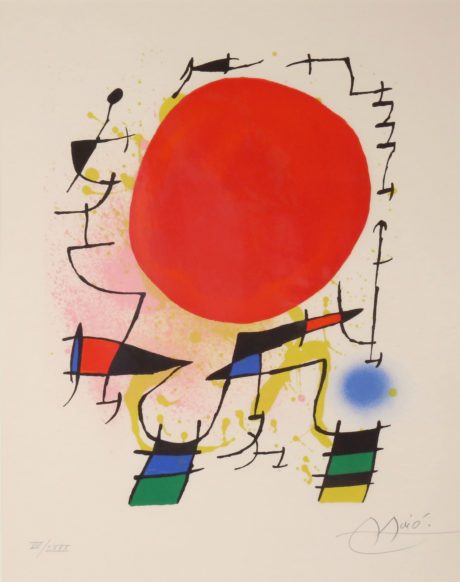


In 1950, decades after his stay in Berlin, the artist met Fernand Mourlot, Georges Sagourin and, most importantly, Charles Sorlier. A printed page or poster bears no relation to an original signed lithograph, a work printed in multiples. Likewise, the office printer spitting out copies cheapens the love and time that artists like Chagall poured into each fine art lithograph.

The simple fact of a colorful image on a thick sheet of Arches belies the careful planning, registering and proofing that went into its creation. The artist must have an established vision for the work before beginning to mark the blank surface. Every color in a lithograph requires a new stone or plate, making each image a complex balancing act. Vollard deemed his art, “ingenuous and subtle, realistic and fantastic!” His deft draftsmanship and instinctive relationship with color led to a new mode of creation upon his discovery of lithography.įirst introduced to this notoriously difficult technique in Berlin, Chagall was soon creating images of great beauty. Commissioned by French publisher Ambroise Vollard to create three monumental suites of engravings, the artist perfected the black and white image. A master engraver seen as Rembrandt’s legitimate heir in that medium, Chagall also experimented with woodblock. Such Chagall lithographs as Carmen and The Magic Flute are symphonies in color that command hefty prices at auction. Marc Chagall, an artist who defies convention and whose style resists neat labels, created over 1,100 hand-signed color lithographs that are today as coveted as his paintings.


 0 kommentar(er)
0 kommentar(er)
